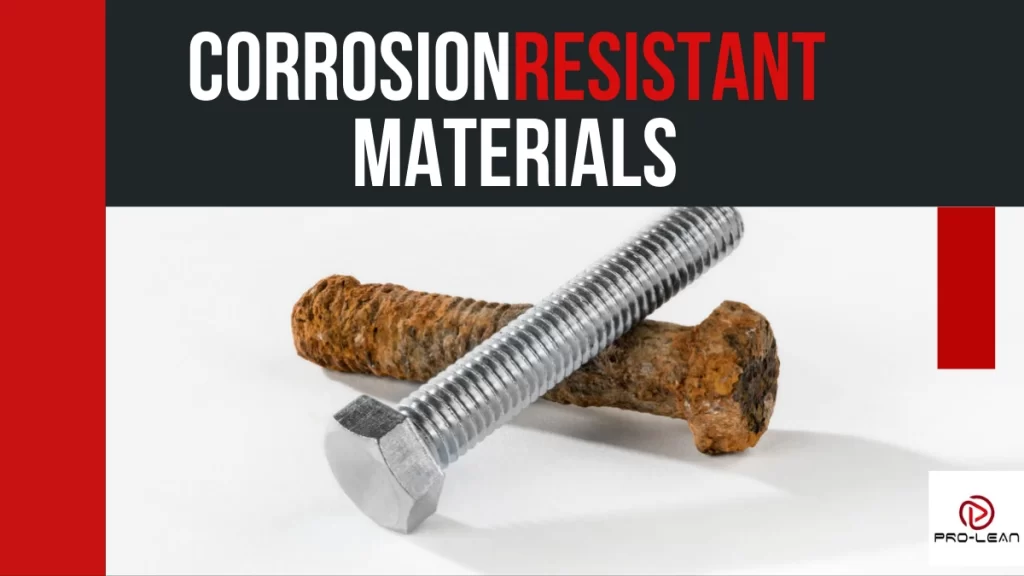
Corrosion resistant materials
In sectors such as energy, transportation, and construction, systems and equipment encounter a myriad of challenges, with corrosion being one of them. Perpetual exposure to corrosive elements can cause fast deterioration, frequent repairs, and a huge hit on a company’s profitability.
That’s why corrosion-resistant materials are so critical.
Using the right corrosion-resistant material has an impact beyond protection – it extends service life, minimizes maintenance, and enhances cost-effectiveness.
The list of corrosion-resistant materials is long, encompassing both metals and non-metals. At the top of the list of corrosion-resistant metals are options such as aluminum, stainless steel, copper, and alloys like brass and bronze.
Popular corrosion-resistant non-metals are polypropylene and Polytetrafluoroethylene (PTFE), also called Teflon, among others.
If you are looking for a suitable rust proof material for your upcoming project, this article provides an in-depth guide. Read on.
What Are Corrosion-Resistant Materials?
Corrosion-resistant materials have the natural ability or are built to tolerate elevated corrosion environments, whether from moisture, oxygen exposure, chemicals, or microorganisms.
These materials overcome corrosion, which is a phenomenon defined as a chemical reaction between a material and the environment, causing the material’s properties to deteriorate.
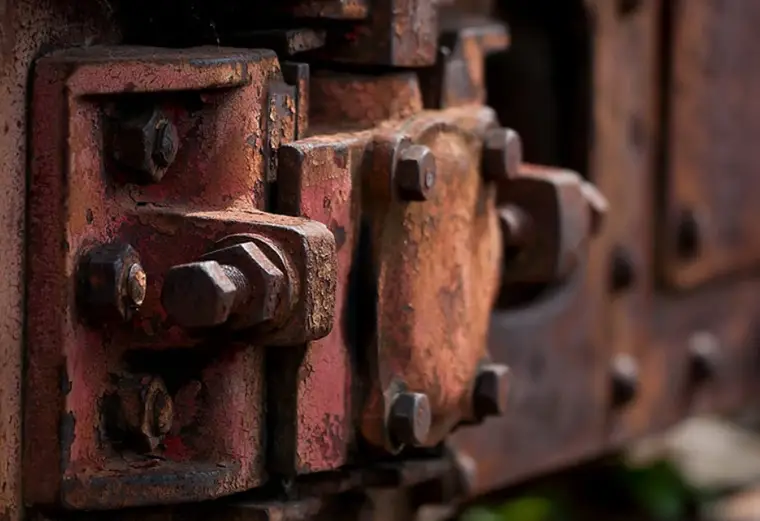
A corroded component
Corrosion can present as crevice corrosion, galvanic corrosion, intergranular corrosion, pitting corrosion, or uniform corrosion. This phenomenon is unfriendly to CNC machining processes, because it can prompt part failure and increase project costs.
What Makes A Material Corrosion-Resistant?
A material is corrosion-resistant because of its composition, microstructure, and surface finish. Some materials are more corrosion-resistant than others, but some factors can determine how good a material is in the face of corrosive elements.
Note that the flow rate of the corrosive element and mechanical stress on the material can affect corrosion resistance.
Material Composition
Material composition is a prominent factor of how corrosion-resistant a material is because it determines the possible chemical reactions. Alloys with certain elements are more resistant than those without.
For example, brass is highly corrosion-resistant due to its zinc component, which forms a protective oxide layer. The same applies to stainless steel, which has the protective chromium.
Material Microstructure
Material microstructure refers to the structures of the material at the micro level. It could show in the form of grains, grain boundaries, defects, and impurities. This property influences corrosion resistance, wear resistance, and other surface properties.
Surface Coatings And Treatments
A material can be further resistant to corrosion with the right coatings and treatments. Anodizing and galvanization are two common methods used to enhance corrosion resistance in materials. Anodizing is an electrochemical process performed on aluminum parts, while galvanization is for steel.
Surface coatings and treatments protect the base metal from environmental factors.
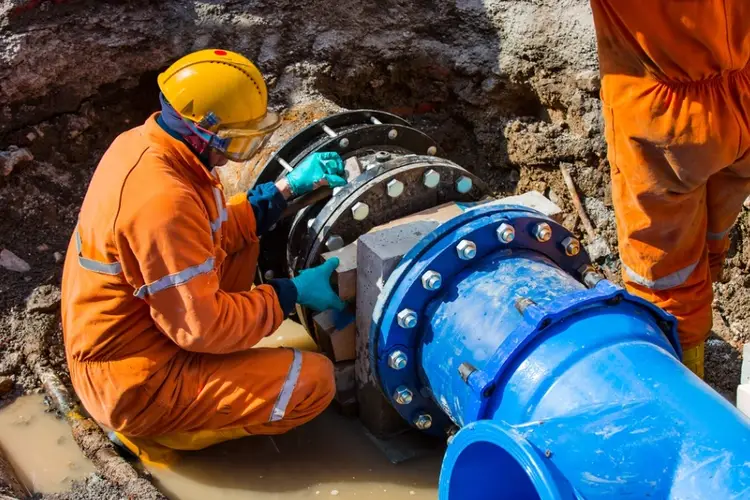
Surface coating
Regular Inspection And Maintenance
Corrosion-resistant materials can also be vulnerable to the problem in extreme environments, a reason why maintenance and inspection are crucial. Even when the corrosion has already started, performing checks and maintenance can stop it or at least slow it down.
Try Prolean Now!
Importance Of Corrosion-Resistant Materials
The use of rust-proof materials has diverse benefits that cut across industries, from electronics to marine. Here are some advantages of these materials:
- Enhanced durability
- Reduced maintenance
- Minimize safety risks
- Enhanced component performance
Categories Of Corrosion-Resistant Materials
Corrosion-resistant materials fall under three categories: Metals, nonmetals, and composites.
What Metal Does Not Rust?
Metals are preferred in applications where corrosion resistance is required due to their high strength, which combines perfectly with corrosion resistance. The most popular corrosion-resistant metals are stainless steel, aluminum, titanium, and brass.
Stainless steel
Stainless steel is popular for its corrosion resistance, alongside other project–friendly properties like ductility and strength. This capability is attributed to chromium content, which is at 18% in most stainless steels.
The chromium oxide layer that forms when stainless steel is exposed to the atmosphere prevents further corrosion. Under normal circumstances, oxygen cannot go past the layer to infiltrate the base stainless steel metal.
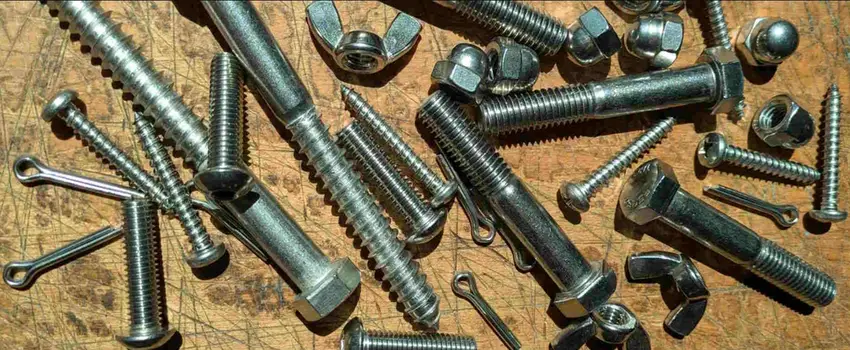
316 stainless steel fasteners
Under this category, the most commonly used grades are 316 and 430 stainless steel. However, note that the corrosion resistance of these metals can be hindered by extreme conditions and lengthy exposures.
Aluminum
Aluminum is also highly regarded in applications where corrosion triggers are rampant, not only for its corrosion resistance, but also for a high strength-to-weight ratio. With virtually no iron content, this material cannot rust, and that’s a valuable characteristic in automotive and aerospace applications.
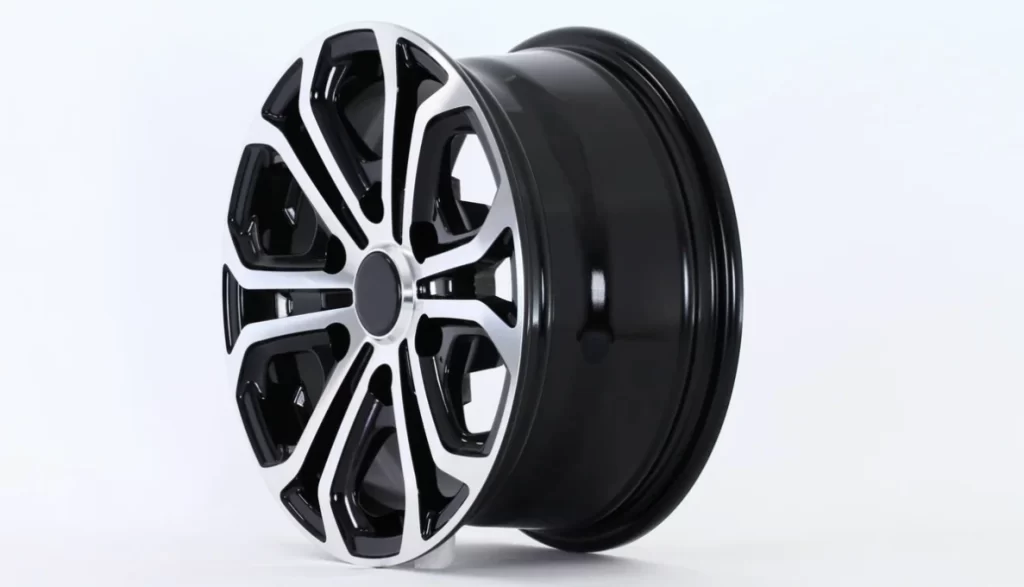
Aluminum alloy car wheel
For the most corrosion resistance among aluminum alloys, go for Aluminum 5052-H32, which is also very smooth and shiny.
Titanium
Titanium is also lightweight but much stronger than aluminum. It thrives in highly corrosive environments, even the chloride and acidic ones. Biomedical and aerospace parts are widely made from this unique metal.
Brass
As an alloy of copper and zinc, brass also creates an oxide layer when exposed to moisture and air. This is one of the reasons why this alloy is ideal for manufacturing plumbing parts, coins, musical instruments, automotive parts, bearings, bushings, and many other components.

A brass trumpet
It is not only corrosion-resistant, but also non-magnetic, highly machinable, and thermally conductive.
Try Prolean Now!
What Is Corrosion Resistant Alloy?
Corrosion resistant alloys are special types of metals that have been manufactured to resist corrosion, which is the deterioration caused by moisture and chemicals.
There are several of these alloys, the most common ones being stainless steels : Austenitic Stainless Steels, Duplex Stainless Steels, Ferritic Stainless Steels, and Martensitic Stainless Steels.
Austenitic Stainless Steels
With about 16% chromium, austenitic stainless steels are very common in the market, where their high corrosion resistance and fabrication ease are highly valued. For CNC Machining Services providers, this is a priority consideration.
These corrosion-resistant materials also have high tensile and yield strength.
Therefore, you can comfortably use this category for corrosion resistant systems for the chemical industry.
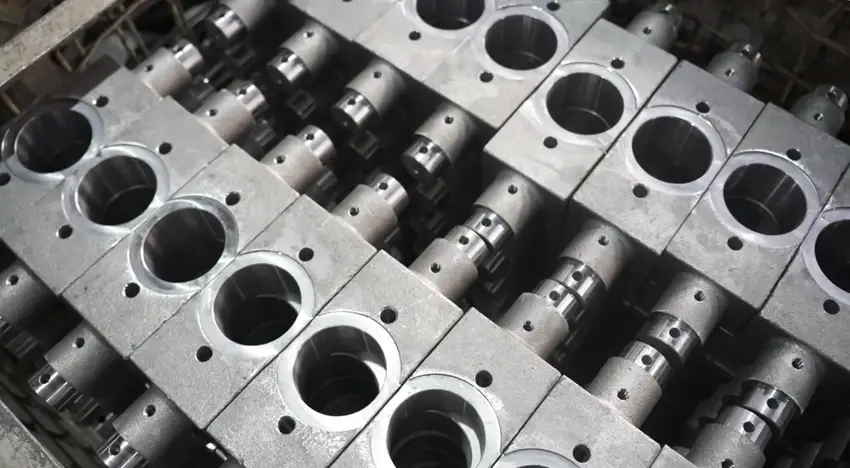
Austenitic stainless steel parts
Duplex Stainless Steels
This category of stainless steels combines austenitic and ferritic microstructures and has a chromium content of between 18% and 28%. Perfect corrosion resistance makes the materials suitable for highly corrosive environments such as heat exchangers and chemical containers.
Ferritic Stainless Steels
Ferritic stainless steels have a chromium content of between 10.5 and 18%. Although they resist stress corrosion, these stainless steels are magnetic and weld poorly. They are tough under standard working conditions, but tend to weaken with lower temperatures.
Martensitic Stainless Steels
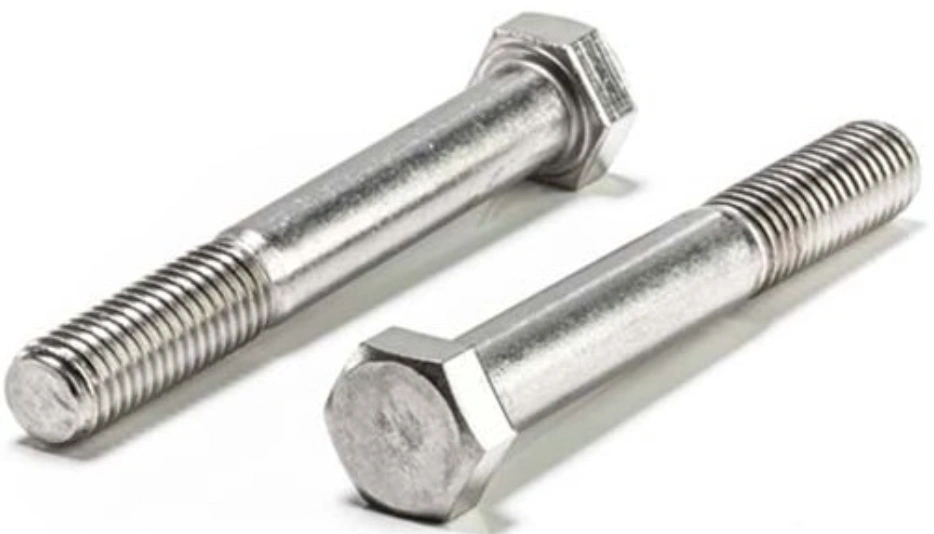
Martensitic stainless steel fasteners
The chromium content for martensitic stainless steels is almost similar to that of ferritic stainless steels, but their carbon proportion is higher. Quenching and tempering is necessary to enhance the mechanical properties, particularly hardness and strength.
Corrosion-Resistant Nonmetals
Corrosion-resistant nonmetals, specifically polymers and ceramics, have widespread uses in the industries. These materials are perfect replacements for metals in environments with strong acids, extreme temperatures, low-weight requirements, and electrical insulation requirements.
Where To Use Corrosion-Resistant Materials
Corrosion resistant materials are critical in medical, marine, aerospace, energy, and electronic industries, among others. These areas require this cadre of materials for a guarantee of durability and safety despite the often corrosive environments.
Medical Industry
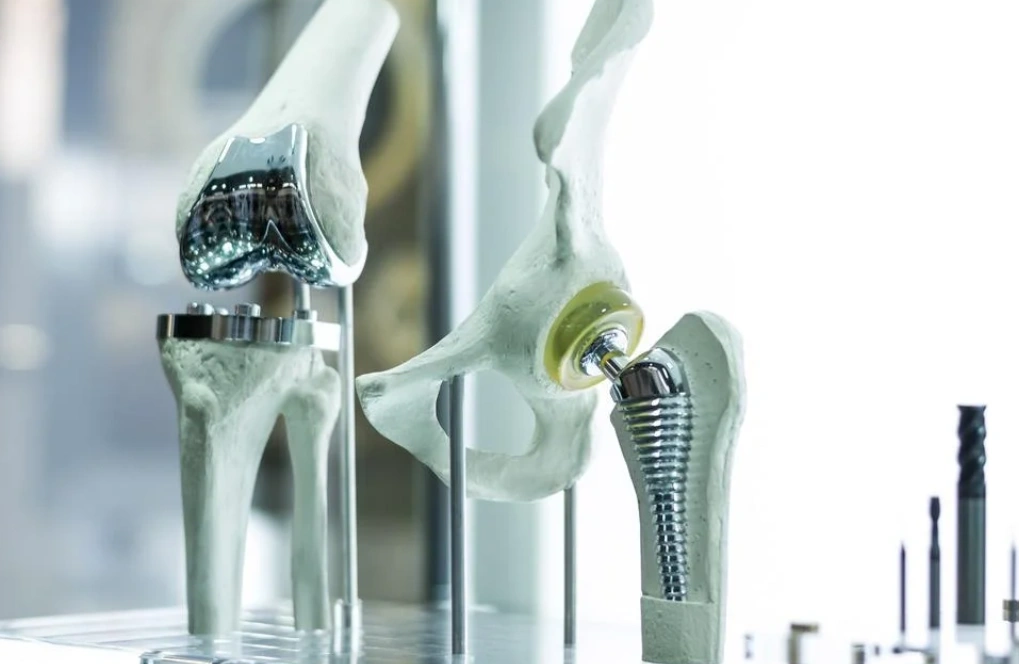
Titanium biomedical devices
In the medical space, corrosion is a real problem because devices must be kept clean using the toughest cleaning agents. Only the most corrosion resistant materials can provide the necessary service for this critical industry.
This industry relies on corrosion-proof metals and nonmetals to prevent equipment damage and contamination.
Maritime Industry
This industry is notorious for harsh seawater that can easily degrade and damage ships and other equipment. Corrosion resistant materials help prevent or slow down this damage for the longevity of the equipment.
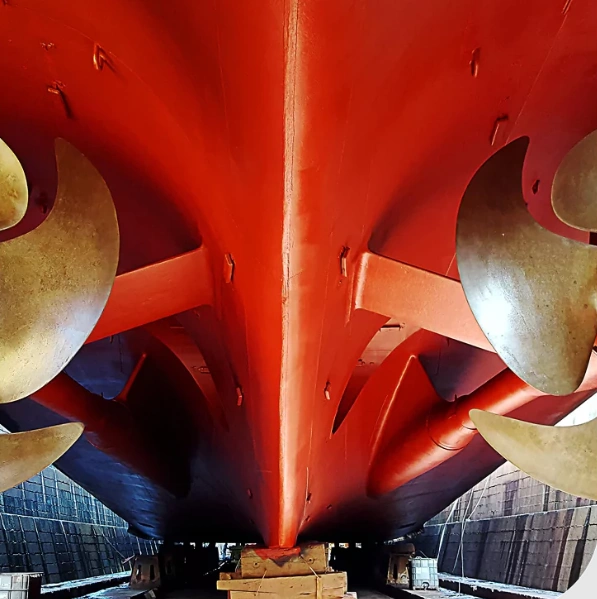
Corrosion-resistant hull
Aerospace Industry
Corrosion resistance in materials is a critical consideration in the aerospace industry, perhaps unlike any other. The atmosphere is full of surprises, but corrosive elements are a certainty. Using corrosion-resistant materials significantly safeguards the integrity of aircraft and enhances safety.
Energy Sectors
Whether for renewables, oil & gas, or nuclear energy, the structural integrity of parts and components cannot be overlooked. These industries are synonymous with extreme conditions, and the materials used must be suitable.
Corrosion-resistant materials have proven to be extremely beneficial, especially in areas where industries have previously failed due to material-related issues.
Electronic Industry
Finally, manufacturers in the electronics industry are well aware of the importance of rust-proof materials to their businesses. The users, too, can attest to the safety, durability, and reliability value of these materials.
The combination of heat, human handling, and environmental conditions can accelerate corrosion if inappropriate materials are used.
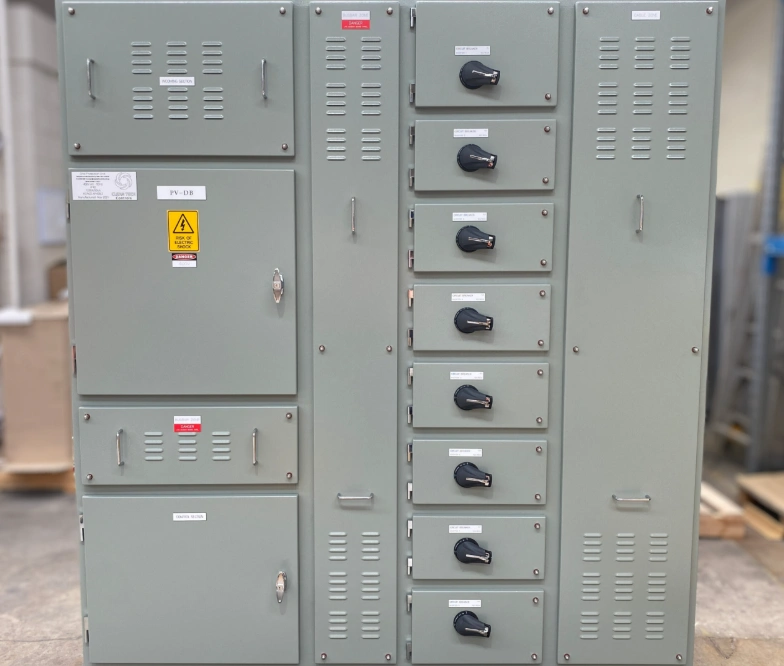
Cover for an electrical device
Tips For Choosing A Corrosion-Resistant Material
If you need corrosion-resistant materials for your upcoming project, the secret to choosing the best option is to consider mechanical properties, environmental conditions, fabrication requirements, chemical properties, the existing industry standards, and the material’s availability.
Mechanical Properties: Mechanical properties such as ductility and strength can determine the suitability of a corrosion resistant material for certain applications.
Environmental Conditions: These are conditions such as humidity and temperature, which have a direct effect on the corrosion rate. The level of these elements can dictate the most suitable material.
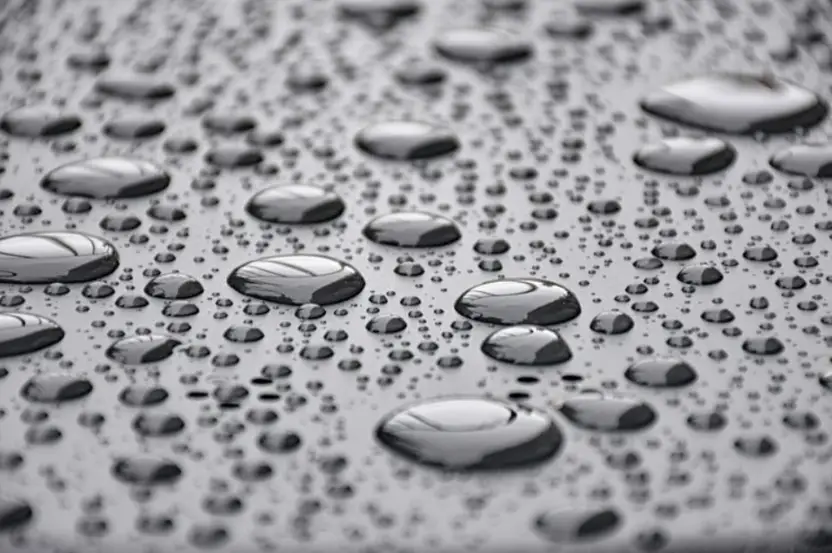
Level of wetness matters
Fabrication Requirements: Apart from resisting corrosion, a material should also be easy to fabricate or manufacture. A selection is incomplete if it has not factored in material behavior.
Chemical Properties: The level of reactivity and corrosion resistance of a material matters. The point is that not all corrosion resistant materials are built the same; some are better than others.
Existing Industry Standards: It is important to ensure the material picked for small-batch CNC machining or large-scale machining complies with industry standards to not only safeguard the user but also avoid fines.
Material’s Availability: Also worth considering is the ease of accessing the material because this impacts project production cycle times and costs.
Further reading: Cutting Tools, 3-Axis VS 5-Axis CNC Machining
Conclusion
Corrosion-resistant materials are the answer to the reliability and durability of systems and components in corrosive environments. Whether metal or non-metal, these materials are present in engineering projects across all industries.
An accomplished manufacturing partner like ProleanTech can help you with the most suitable parts made from corrosion-resistant materials. Begin the process today by requesting a quote!



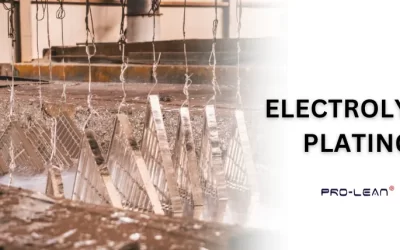
0 Comments